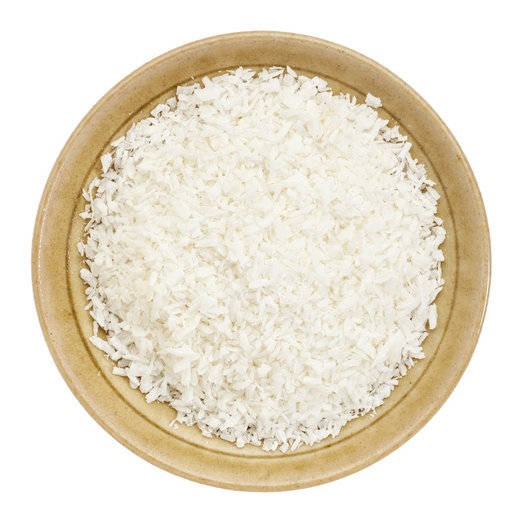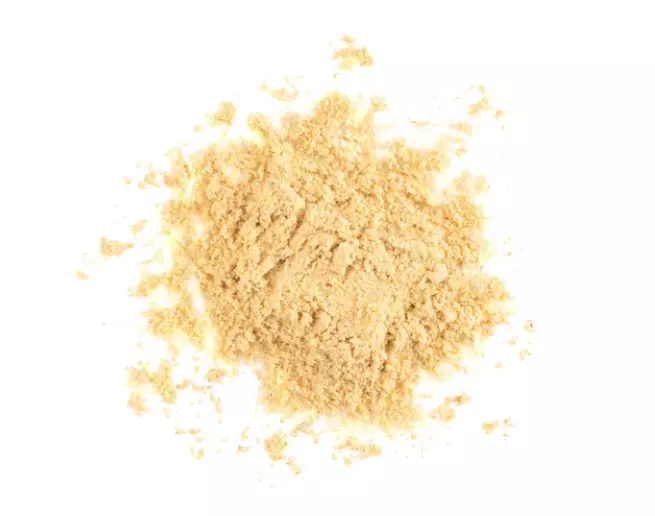Acrylic Acid (Glacial) - China
|
IUPAC Name |
: Propenoic Acid |
|
Cas Number |
: 79-10-7 |
|
HS Code |
: 2916.11.00 |
|
Formula |
: C3H4O2 |
Basic Info
|
Appearance Name |
: Clear Colorless Liquid |
|
Common Names |
: Common Names Acrylic acid, inhibited; 2-Propenoic acid; Acroleic acid |
|
Packaging |
: 200 KG HDPE |


---india.webp)
---singapore.webp)


